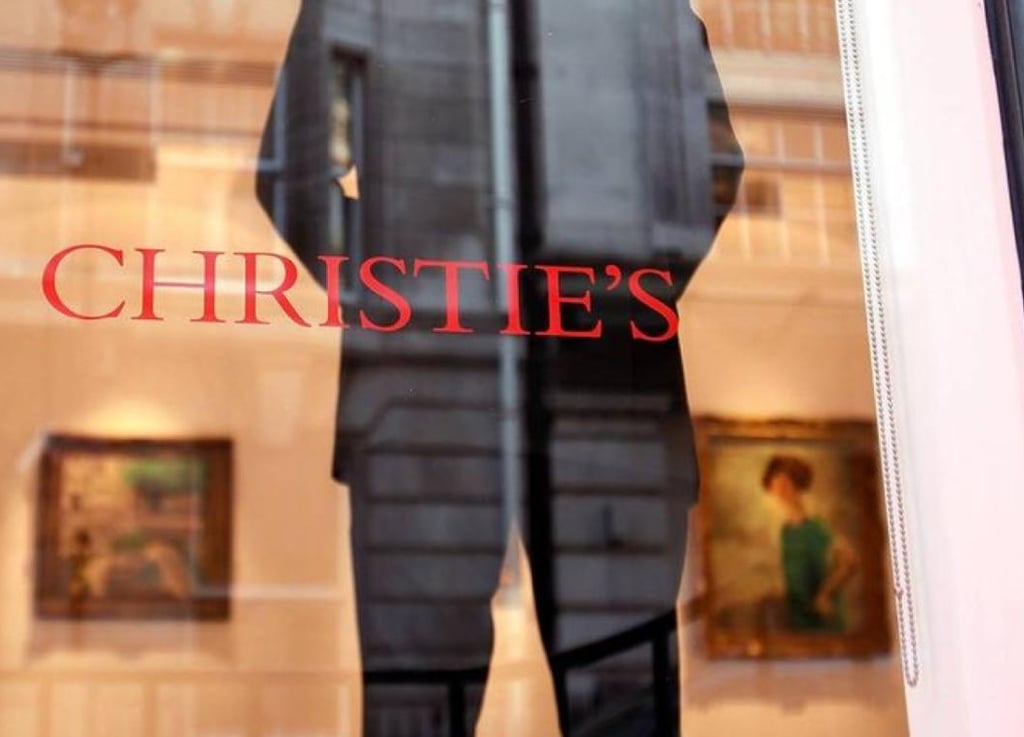Making Art Great Again: Christie’s and the Trump Tax Bet
Christie’s bets on Trump’s “Big, Beautiful Bill” to revive the art market after the 2024 downturn. With record-breaking sales and strategic tax incentives, the historic auction house looks to American collectors and the return of luxury to fuel a new momentum.
ART & FINANCE
Charlotte Madeleine CASTELLI
7/15/20252 min read


In the wake of a turbulent year for the global art market, Christie’s is placing its hopes on Donald Trump’s proposed “Big, Beautiful Bill” as a potential catalyst for sectoral revitalization. The prestigious auction house, owned by François Pinault’s Artémis group, closed the first half of 2025 with total sales reaching $2.1 billion — a figure that remains stable compared to the same period in 2024, yet significantly below pre-pandemic levels and well short of the highs seen before last year’s dramatic 20% decline in auction turnover.
Trump’s legislative proposal, designed to implement sweeping tax cuts and spending incentives for wealthy individuals and businesses, is seen by Christie’s as a possible mechanism for reactivating high-end collecting. Bonnie Brennan, President of Christie’s Americas, has voiced optimism about the plan’s potential to restore confidence among American collectors and investors. This sentiment is already mirrored in the numbers: the share of Christie’s buyers based in the U.S. rose to 45% in the first half of 2025, up from 41% the previous year, while EMEA buyers declined slightly to 34%.
Despite the market’s overall inertia, Christie’s stood out with a number of headline-grabbing sales, most notably a Piet Mondrian work that fetched $47.6 million — one of the ten highest auction prices globally so far this year. Additionally, luxury categories such as jewelry and fine wine posted a 29% increase in sales, reflecting a segment of clientele still eager to invest in rare and culturally significant objects.
Yet optimism is tempered by structural shifts within the market. Beyond blockbuster auctions and strategic positioning, the growing preference for private sales continues to reshape collecting habits, driven by discretion and insulation from the volatility of public bidding. Competition, too, remains strong: Sotheby’s reported a 9% year-on-year decline in sales, reaching $1.65 billion, but remains a dominant player globally.
Ultimately, Christie’s is betting on a convergence of favorable conditions: fiscal stimulus, renewed U.S. engagement, and the enduring allure of blue-chip works. The “Big, Beautiful Bill” thus becomes more than a political or economic tool — it emerges as a narrative framework through which the art market might regain momentum, confidence, and cultural prestige on the global stage.
© Charlotte Madeleine Castelli | All rights reserved
